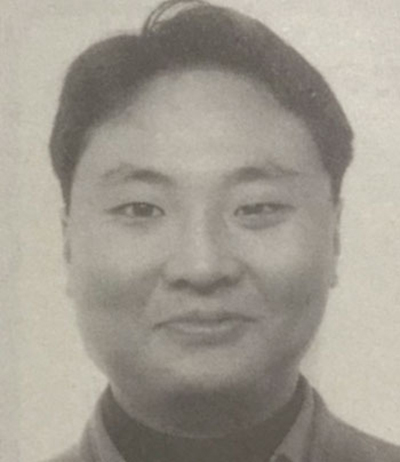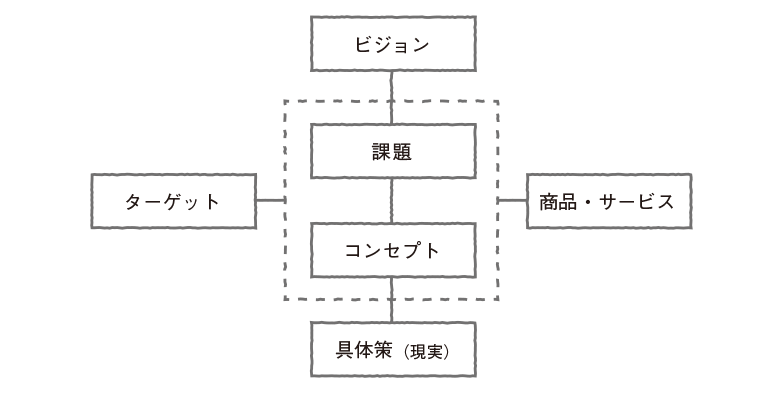Have you heard of "hebo" as a food? In mountainous regions like Nagano and Gifu, this term refers to bee larvae, a traditional and valuable winter protein source.
I'd tried the sweet-and-salty, richly flavored versions sold in souvenir shops before, but the "Hebo Kamameshi" (Hebo Rice Stew) I encountered at a certain izakaya was light and refined. It completely overturned the secret impression I'd harbored that it was a weird food. Its creamy, milky flavor and the subtle, pleasant aroma were exquisite.
It was a perfect intersection of surprise and deliciousness. I hear they're in season now, after the breeding period ends, and I'm already hoping to find them somewhere to eat again this year.
Looking back, a quarter-century ago, when I first stepped through the doors of an ad agency, I was a hardcore believer in "making advertising more scientific." I thought copywriters were people who wrote mysterious poems, and art directors were detached from business, living in a world of their own.
I believed we should solve things more logically, more correctly, with clearer objectives, more efficiently, and more "strategically" – and that it was possible.
This mindset was likely influenced by my university studies, where I learned about the strategic consultants who were making a splash under the banner of "making management scientific." Just as managers relying on experience and intuition were being driven out (...or so I thought back then), the "creative leap" – that black box of inspiration – seemed like a wall we had to break down for the future of advertising.
Rather than a strong conviction, it was a vague sense of "surely, it should be this way" that occupied my mind, so I applied for the marketing division without hesitation.

Me at the time of joining the company
Little did I know that I would later belong to the Creative Department, passionately discussing ideas. I must admit, I've changed my tune quite a bit. If that means "changing my beliefs to pander to trends," I'd argue against it, but at the very least, it's undeniable that I've altered my previous stance.
Why did this happen?
The reason is simple: I realized that thinking logically, scientifically, and correctly alone "cannot significantly move people's hearts." At the same time, I realized my definition of "strategy" was insufficient.
I used to believe that "strategy" was what marketing experts set through analysis. I wrote the "strategy section" of proposals without doubting that the target audience revealed by research, the perceptions (understandings/feelings) we needed to gain to drive purchases, and the position we should aim for in the market were what mattered.
But that was wrong. It didn't show "how to fight."
The strategy I should have properly explained to clients was actually within the "creative leap" I had been frowning upon. The strategist's job was to articulate and reveal its true nature.
The "idea," defined as "a new perspective that solves problems to realize the vision," is the very essence of the "strategy" that should be presented.
"Ideas" are not mere whims; they possess an extremely rational aspect, forming part of the logic that connects vision to concrete measures, and target audiences to products/services.
Honestly, I never felt like I made a major shift from the path of "science" and "logic" to the path of "creativity." Discovering "ideas" as the point connecting the two brought together these seemingly opposing worlds.
In other words, "At the intersection of science and creativity, there was an idea." This seemingly odd conclusion. With limited characters and my clumsy explanation, did I manage to convince you?
Hmm, I need to work harder on this. Perhaps my past article, "Strategy of Maps, Strategy of Concepts," might help you understand better.
Please, enjoy!









